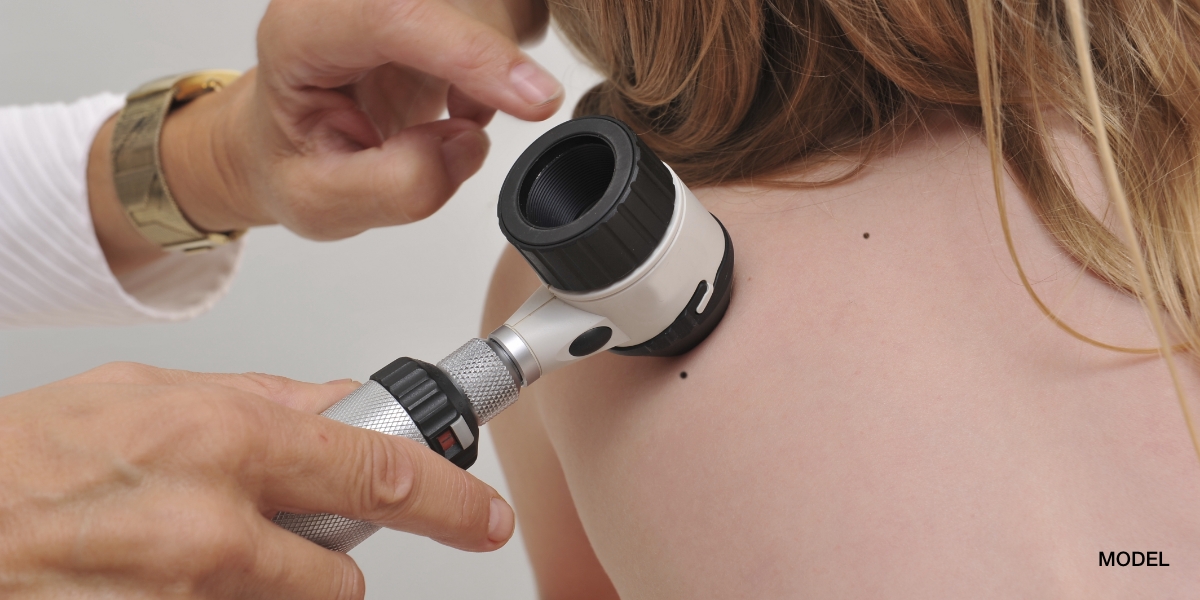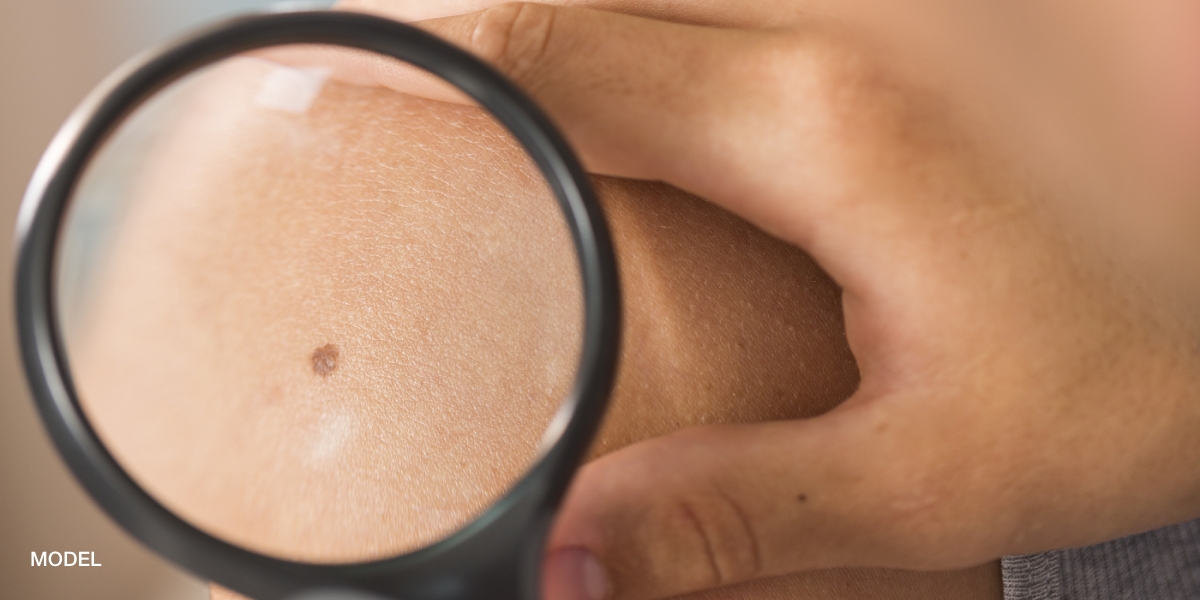
Has a small, itchy bump recently appeared on one of your fingers? You might have a wart. Warts are very common skin conditions caused by the human papillomavirus (HPV) and usually appear somewhere on the hands or feet.
Warts are benign and usually harmless, but beware—they’re also quite contagious. If you’re not careful, that one wart on your finger can easily multiply several times over. It’s important to manage your warts appropriately and find a wart treatment to help them heal.
How to Stop Warts from Spreading
The first step in wart treatment is making sure the wart you currently have doesn’t spread. It’s frustrating to begin trying to treat one wart, and then realize a few days down the road that you have warts popping up elsewhere on your body. To keep the virus contained, you should:
- Wear flip flops or some type of shoe when you’re walking around a locker room or a public pool.
- If the warts are on your feet, keep your feet dry as much as possible; wet environments and moisture encourage warts to spread.
- Don’t scratch or pick at your wart. Just leave it alone.
Self-treating Warts
There are varying opinions out there as to which type of at-home wart treatment works, but most dermatologists feel that Compound W is the most effective. The primary ingredient in Compound W is salicylic acid, and it slowly peels away the top layer of your skin to remove the wart. Compound W can have some side effects and isn’t recommended for certain people, so you may want to check with a dermatologist before choosing it as an at-home wart treatment.
When It’s Time to See a Dermatologist for Wart Treatment
Treating warts at home isn’t always the best idea for everyone. There are situations in which you might want to schedule an appointment with a dermatologist, and they include:
- Compound W isn’t working for you.
- If you’re not positive the skin growth is a wart. Keep in mind that some skin cancers look like warts.
- You have many warts.
- You’re diabetic and have a wart on your foot.
- Your wart hurts, bleeds, burns, or itches.
If Compound W just wasn’t an effective at-home wart treatment for you, your dermatologist will likely do cryosurgery. With cryosurgery, liquid nitrogen is applied to the wart as a spray, or with a small applicator. It only takes about a minute, and there’s no anesthesia needed. This will need to be done every two to four weeks, over the course of a few months. You will also need to continue treating your wart with salicylic acid to completely remove the wart.
See a Dermatologist for Help with Your Warts
Did your wart or warts fall under any of the scenarios listed above? If so, it’s time to make an appointment with Dr. Perri at Perri Dermatology. Call our office in Conroe at 936-522-4966 or our office in the Woodlands at 281-943-2749




